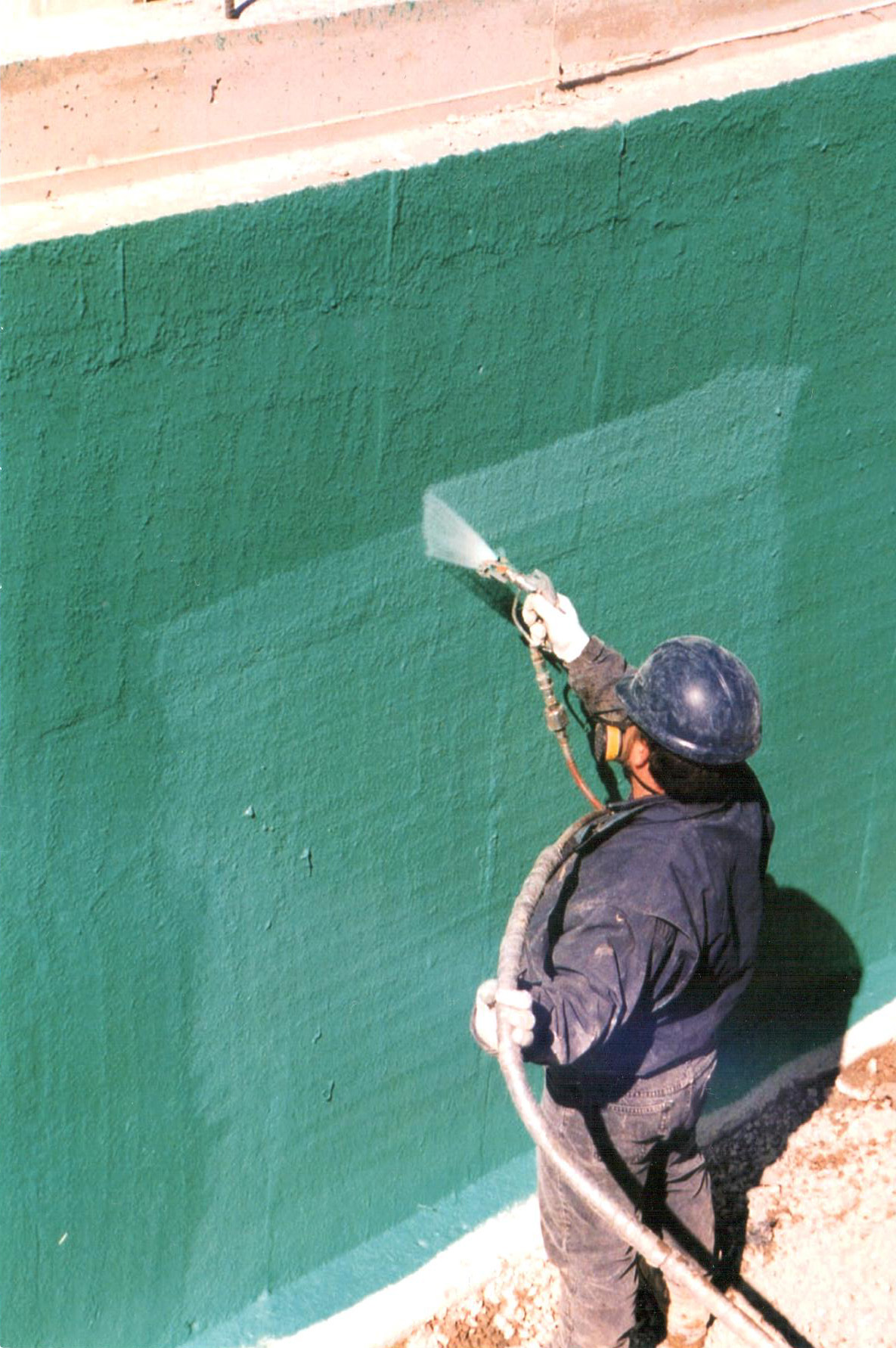Water proofing is a vital aspect of maintaining the integrity and protection of any residence or structure. With water damage being one of the most frequent issues property owners face, having reliable waterproofing strategies can mean the distinction between a safeguarded space and expensive repairs. From basements prone to inundation to ceilings that need to bear severe weather conditions, understanding the different waterproofing approaches available is crucial for all property owners.
In this write-up, we will explore ten unique waterproofing strategies tailored for all requirements. Whether you are wanting to protect your foundation, improve energy conservation, or prevent mold and mildew in your washroom, there are clever options that can help you safeguard your home. We will also discuss common myths about waterproofing, provide insights on DIY versus professional solutions, and highlight the importance of being proactive in maintaining a dry and safe environment. Let's delve into these solutions and uncover how you can efficiently protect your property from the harmful effects of moisture.
The Significance of Moisture Proofing
Waterproofing is a critical aspect of upholding the integrity and longevity of any house or edifice. Absent proper waterproofing solutions, properties turn susceptible to moisture damage, which can cause costly repairs and serious structural challenges. Water intrusion can undermine foundations, lead to mold growth, and disrupt electrical systems, which present challenges that can be both financially and emotionally demanding for homeowners and property managers together.
Committing to moisture proofing is important not just for defense against immediate water damage but also for long-term preservation. Through addressing possible vulnerabilities early, property owners can spare a significant amount of dollars in future repairs. Adequate waterproofing creates a barrier that helps support comfortable living conditions while also safeguarding valuable assets. It's a proactive approach that enhances the overall value of the property.
Additionally, waterproofing promotes to energy efficiency and sustainability. Tightly sealed https://kastrup-gibbs-3.technetbloggers.de/a-homeowners-list-for-waterproofing-achievement with efficient waterproofing measures keep heating and cooling losses reduced, resulting in decreased utility bills. In an era where energy conservation is critical, incorporating waterproofing solutions into construction and renovation moves beyond simple protection—it's part of creating an environmentally-friendly and economically sound environment.
Affordable Waterproofing Options

While considering waterproofing, it's essential to consider cost-effective options to achieve reliable protection without breaking the bank. A popular solution is applying a waterproof sealant to surfaces such as basements, exterior walls, and basement walls. Sealants are available in various formulations and can efficiently block moisture when applied correctly. This do-it-yourself approach not only saves money on professional services but also allows homeowners to take control of their waterproofing needs.
A further economical solution is the use of drainage systems. Installing rain gutters and downspouts channels water away from your property, greatly lowering the risk of water damage. Also, installing French drains or drainage ditches around your foundation can help manage groundwater and prevent leaks. These systems require an initial investment, but they prove to be economical in the long run by preventing the costly repairs associated with water damage.
Lastly, incorporating landscaping strategies can also serve as a cost-effective waterproofing solution. By grading your yard away from your home and strategically placing plants and mulch, you can create a natural barrier against moisture intrusion. This approach not only safeguards your property but also enhances the overall aesthetics of your landscape. Investing in these preventive measures can result in significant savings in potential repairs while ensuring a dry and safe living environment.
Determining the Appropriate Waterproofing Approach
Selecting the suitable waterproofing approach for your property is influenced by different factors, including the particular area in need of protection, the kind of structure, and the root causes of water infiltration. For example, basements may necessitate unique solutions such as interior drainage systems or surface sealants, while exterior waterproofing might focus on utilizing membranes or coatings. Grasping the environment and the challenges caused by moisture can substantially affect which method will be the most effective.
Another important consideration is whether to pursue DIY options or hire professional services. DIY waterproofing can be economical and satisfying but might not always provide the level of protection required, especially for complicated issues like foundation leaks. On the other hand, hiring a professional can offer a sense of security, as experienced contractors can recommend suitable solutions and apply them accurately. The choice also depends on your budget and the potential for long-term savings.
In conclusion, assessing the longevity and maintenance requirements of each waterproofing method is crucial. Some methods may demand less frequent upkeep, while others might demand regular inspections and touch-ups to continue to be effective. Always take the time to investigate different products, techniques, and contractors to ensure you choose a waterproofing solution that not just meets your current needs but also defends your investment for many years to come.
